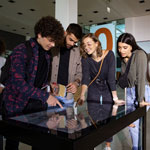
CULTURAL HERITAGE
Culture heritage becomes an experience
Solutions to attract visitors, entertain them and inform them through digital engagement.
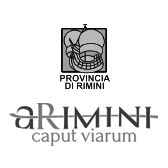
It's called Arimini Caput Viarum: the innovative Visitor Centre of Roan Rimini. Located in the deconsecrated church of Santa Maria ad Nives in corso d'Augusto 235, it hosts a multimedia-exhibition path which enables visitors to gain knowledge of, share and interact with Roman Rimini cultural heritage, with the help of technology.
The ancient Ariminum was a primary Caput Viarum during the Roman and Malatestian ages. The Visitor Centre has set itself the ambitious aim of becoming the Caput Viarum of a cultural and tourist experience, providing a close-up of the territory's cultural beauty and an initial interactive stage of a host of cultural itineraries which Roman Rimini has to offer.
The Visitor Centre is both an information office, an educational and interpretation centre, with exhibition areas, a bookshop, interactive areas for children, "experience amplifiers" and a multifunctional facility for conferences and conventions. However, above all it presents itself as a place of narration in which the "centrality" of visitors and their requirements prevail, and to which the Visitor Centre responds with communication tools and innovative languages, with a way of conceiving and rationalising spaces, its capacity for interacting with visitors.
Rimini Caput Viarum is a central theme of this multimedia-exhibition path: the maximum representation of this concept crystallises in the concept of the crossing, at the centre of the city, of the Cardo and the Decumanus, in correspondence with modern-day Piazza Tre Martiri, heart of the city past and present, and centre of Rimini's public and economic life. In Roman times both consular roads constituted the back bone of the territory's organisation, and today they are the symbolic cornerstone of the Visitor Centre's internal set-up. An iconographic representation of the crossing of two perpendicular lines, symbolising meeting and integration, cultural and trade links, constituting the heart of the Province's multi-ethnic component, tangible in the territory's modern-day reputation for hospitality. The crossing of the Cardo and Decumanus features in a symbolic floor representation, with two strips of coloured flooring which cross the nave and generate conceptual areas, harmonious volumes, multi-use and multi-themed exhibition areas which forge the Roman Rimini Visitor Centre.
The path begins at the Augustus Arch and develops along the Decumanus through four "narrative stations": an avatar of Giulius Cesare welcomes visitors and ideally takes them by the hand, on a journey back in time. The journey continues along major concepts of Roman Rimini, a series of projections are activated as visitors pass, immersing them in conceptually diverse realities: from a 3D reconstruction of a typical Roman domus, created thanks to the extraordinary contribution of the Domus del Chirurgo archaeological site and the City Museum, to the city's relations with the sea, and lastly, a letter on how antiquity inspired great renaissance architecture, culminating in the Malatestian Temple.
The focal point of the last macro-stage of the multimedia path is a large interactive multimedia Touch Wall featuring the ideal reconstruction of Ariminum in imperial times and the city's points of interest: domuses, main roads, monuments, itineraries and paths to be discovered through in-depth tests, images and games. Visitors can create their own personal wishlists containing selected itineraries, and send the relative PDF to their own mobile devices, thus creating their own personalised itinerary directly inside the Visitor Centre. Upon leaving, they shall have their own personalised guide to Roman Rimini.
Focus at the Visitor Centre is on play and communication, on enabling visitors to choose between three major themes with which they can take their own photo they can then share on Social Networks with #riminiromana. Thanks to the webcam positioned directly above the interactive lectern, a picture is taken of tourists and face recognition software is used to "extrapolate" facial features and insert them in the chosen theme/image (Roman gladiator, Roman couple, maid).
Lastly, the integrated multifunction room next to the multimedia exhibition path constitutes a multifunctional environment, developed above all for schools and educational requirements of students, as well as a recreational play area.

Solutions to attract visitors, entertain them and inform them through digital engagement.
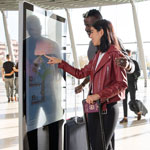
Offer advanced digital environments with which to bring citizens closer, open new spaces to interact with them, and provide innovative services.
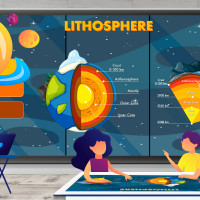
Discover our interactive and immersive solutions for the “Piano Scuola 4.0”, an important opportunity to make schools a participatory environment with engaging teaching methods and more learning opportunities for students.

Let's find out how the new Interactive Digital Wayfinding systems change the way users move and manage their time in your facility.
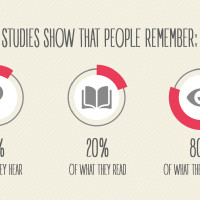
VCT changes people's lives, their habits, their way of being together. Are you able to use it to its full potential?